
The DJI Spark is the smallest drone DJI has ever released by far. A product geared for everyone looking to take part in the aerial videography movement with the intention of being ultra-portable while incredibly easy to use.
Unboxing the DJI Spark

DJI offers the Spark in two different combinations, a starter bundle with just the drone and necessary parts to fly, and a fly-more bundle with a controller, spare battery, charging station, travel bag, and propeller guards. The model we will be discussing in this review is the standalone base-price option with just the DJI Spark itself, controlled through gestures or the DJI 4 app for Android or iOS on your smartphone. In the box, you will find the DJI Spark, a foam case with slots for spare batteries and propellers, an extra set of propellers, and lastly a micro USB cable and wall adapter for charging.
DJI Spark Size & Build
The DJI Spark has a takeoff weight of just 300 grams, more than half the weight of the already compact big brother, the DJI Mavic Pro. Despite its lightweight stature, the DJI Spark can reach speeds of up to 30km/h and handle winds up to around 16km/h from my experiences before it has difficulties propelling forward. The main body of the drone is constructed out of plastic but overall feels solid and well constructed while contributing to the light weight.
Image Quality on the DJI Spark

The DJI Spark has a 2-axis gimbal which houses a 12MP CMOS sensor camera with the ability to record 1080P video at up to 30fps. From my experiences, the 2-axis gimbal was incredibly smooth and easy to control for both visual reference and capturing footage, much characteristic of other drones from the DJI lineup. While recording in the auto mode, I was able to capture beautiful footage on the DJI Spark in the context of colors and exposure. The manual controls within the app offer flexibility for enthusiasts, especially in given situations where the Spark was not able to pinpoint proper exposure. Although 4K video recording capabilities would have been nice, as an entry level drone from DJI at the given price point it is quite understandable why the decision for a 1080P video camera stands. For videographers and those who plan to grade their drone footage regularly, however, the DJI Spark may be seen as limiting in that regard.

The DJI Spark can be controlled in three different ways; gestures, smartphone, or remote controller. The base price does not include a remote but instead allows you to control the drone through gestures and a mobile app solely. From my experience, the DJI 4 app was intuitive for visualizing general flight information, controlling camera settings, while flying the drone itself using on-screen joysticks. I had no issues using on-screen joysticks whatsoever and was still able to capture smooth and accurate footage through the mobile app alone, despite being inexperienced.
Perhaps the biggest trade-off of using the DJI 4 app from a smartphone is the overall range. Through a Wi-Fi connection to your smartphone, the maximum range is up to 100 metres and 50 metres in height. With the purchase of the fly-more bundle or controller separately, the flying range is increased significantly to 2KM which could be a reason alone to purchase the upgraded package. For beginners, 100 metres keeps the drone within visible distance but can be limiting for many trying to capture footage afar.
One of the coolest ways to control the DJI Spark is through gestures, a feature that has been demonstrated widely throughout social media. Since the DJI Spark has a front and bottom sensor, it utilizes both in-conjunction with the camera to interact with the user. With the mode enabled, the drone can make a palm take-off and land through simple gesture interactions such as waving or holding your hand at a 90-degree angle to motion the direction of the Spark. Though the feature worked, for the most part, it wasn’t my favorite method of flying the drone as the DJI 4 app made me feel safer/more in control when compared to gestures.
Automated Features on the DJI Spark
Some automated features that the DJI Spark is capable of doing are “QuickShot,” “TapFly,” and “Active Track.” QuickShot allows you to pre-plan a cinematic route for the Spark based on a primary subject. Tapfly gives you the option to tap on a target spot for the drone to fly to. And the most useful feature from my uses is Active Track, which lets you draw a box around a moving subject and have the drone follow while maintaining proper frame. Based on my testing this feature worked quite nicely, and in optimal situations with a consistent background and adequate contrast with the subject, the drone was easily able to keep up and track accurately.
DJI Spark Battery Life
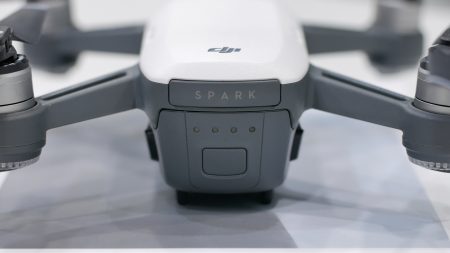 The DJI Spark can fly for a claimed maximum of 16 minutes on a full charge which can vary based on conditions. From my testing, I was consistently getting
The DJI Spark can fly for a claimed maximum of 16 minutes on a full charge which can vary based on conditions. From my testing, I was consistently getting
around 12-13 minutes of recorded footage which is good but not great, and at the end of the day one of the trade-offs that come with portability. With that being said, the drone does charge via a common micro USB port making it easy to charge on the go using a wall outlet or more conveniently a standard backup battery pack. I would recommend picking up at least one extra battery, however, as charging up between flights can take around 1.5 hours.
Should you buy the DJI Spark?
At the end of the day, I believe that the DJI Spark as a standalone package already serves as an excellent starting point for those who are looking to dive into aerial videography. Its durable construction, DJI’s smart technology and safety features, ease of use, and solid video quality for recreation purposes makes it hard to find any major complaints. Despite having bad prior experiences with drones due to user error, I had a lot of fun with the Spark and felt comfortable flying it around to capture aerial video footage.
Compare with the many other drones available at Best Buy and tell me in the comments which drone is your favourite.


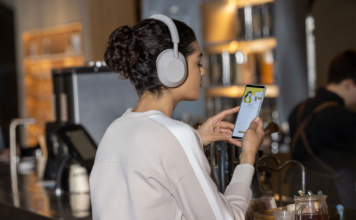

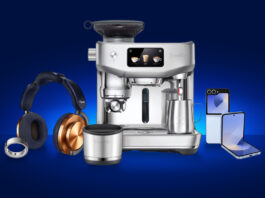












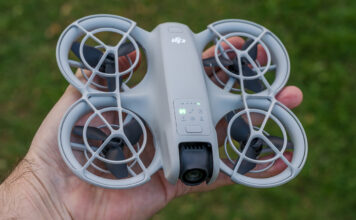






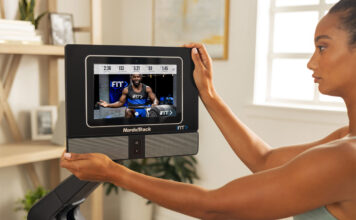



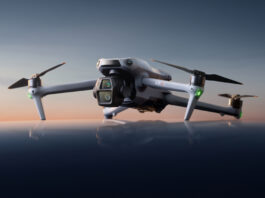
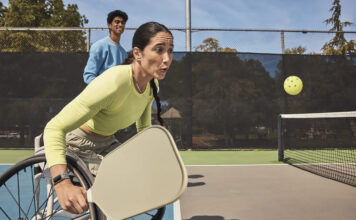



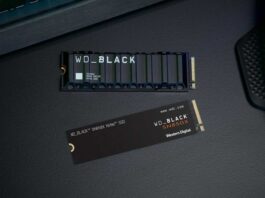




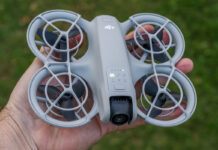

he DJI Spark additionally possesses stubbly feet as opposed to extended landing gear. One purpose is to keep the drone as small as feasible while additionally making it sufficiently comfortable to grip during landing the drone into your palm. So, the Spark’s tiny feet make it difficult to land on rocky and uneven surfaces.
Very good iniyative:
This is the smalless drone in is categorie i never see; with all the features I find on it; i have purchase one the same day and be very supprised what i can do whit this
little machine; my nebors plan to get one:
Comments are closed.